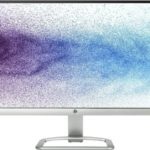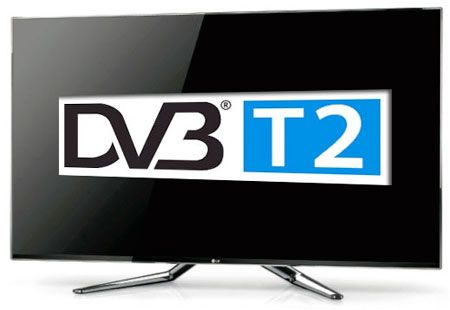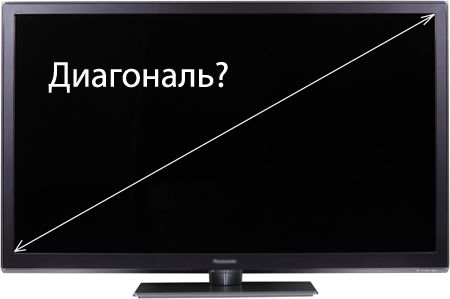TV refresh rate index: what is it?
Before purchasing a TV, you usually determine the model, diagonal, type, brand and price. But few people know that special attention should be paid to the RFI value (refresh rate index). It has a big impact on TV display.
The content of the article
What is the refresh rate index on a TV?
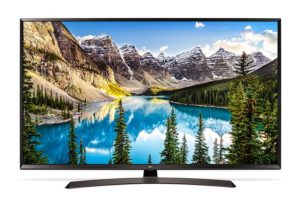 What is the refresh rate index of a TV? It is customary to take the hertz as the unit of measurement for ICH. The parameter shows how many times the frame changes per second. The accuracy and brightness of reproduction depends on it.
What is the refresh rate index of a TV? It is customary to take the hertz as the unit of measurement for ICH. The parameter shows how many times the frame changes per second. The accuracy and brightness of reproduction depends on it.
Older models differ in the value of 60 Hz. With this indicator, the reproduction becomes inexpressive, the pictures are blurry and uneven. If you increase the refresh rate, the pictures will become smoother, brighter and more accurate.
To get rid of low-quality images, digital frequency doubling technology was invented. Incoming frames were processed. The result was an increase in values to 100–120 Hz. This eliminated the flickering defect and improved image quality.
The next doubling is based on two. By increasing the number of artificial frames, the picture becomes clearer and playback becomes smoother and more consistent.Increasing the frequency has a positive effect on improving display performance.
The refresh rate index for more modern models is 600–800 Hz, and for some it reaches 1200 Hz. Some buyers disagree with this technology. In this case, they need to make sure that the device they want to purchase has a value of at least 120-200 Hz.
What is affected by the refresh rate index on a TV?
 What affects the refresh rate of a TV screen? This option helps improve image quality. Thanks to its influence, pictures get rid of flickering. The effect is expressed in an increase in the number of frames, which improves the picture. The higher the HPI, the better the TV shows. This value is measured in hertz and indicates the number of frames produced per second. PQI also has another name, sweep.
What affects the refresh rate of a TV screen? This option helps improve image quality. Thanks to its influence, pictures get rid of flickering. The effect is expressed in an increase in the number of frames, which improves the picture. The higher the HPI, the better the TV shows. This value is measured in hertz and indicates the number of frames produced per second. PQI also has another name, sweep.
Older models had blurry, flickering images when moving objects at fast speeds. This quality distinguished monitors with an IFI of 50 Hz. TVs with PQI 100 Hz have proven themselves much better. But this indicator has not yet ensured the best quality of display. Only at 200 Hz did the image begin to meet standards.
Digital TV has 3 additional intermediate frames. Resolution also affects the quality of the display. For example, for 4K devices with very high resolution, 120 Hz is quite enough.
What do hertz affect on TV?
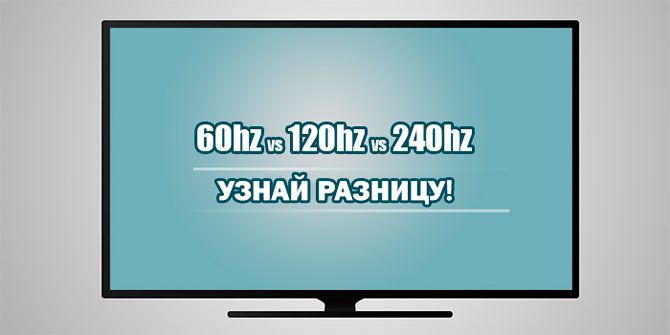 Hertz shows the refresh rate index parameter. The higher the number of hertz, the clearer and better quality the image will be. By their number, you can determine how many “finished”, intermediate frames the device produces. Their main purpose is to indicate how many frames this model is capable of producing.
Hertz shows the refresh rate index parameter. The higher the number of hertz, the clearer and better quality the image will be. By their number, you can determine how many “finished”, intermediate frames the device produces. Their main purpose is to indicate how many frames this model is capable of producing.
When scanning at 100 hertz, the picture improved slightly. But this was clearly visible on screens with low resolution. For larger devices, more hertz is required.
Reaming Process Technical Description
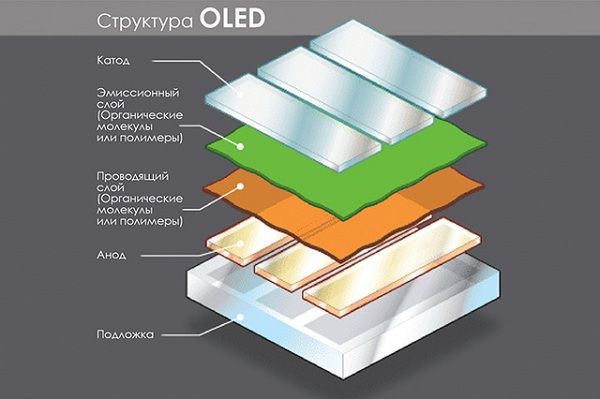 The unwrapping process occurs differently in different models:
The unwrapping process occurs differently in different models:
- LCD (The image is produced by CCFL fluorescent backlight. It is not the best. But there is no flickering effect when scanning more than 100 Hz).
- LED (these are more modern LCD models, with new image illumination using LED diodes. They have higher contrast).
- Plasma panel (plasma cells are illuminated using ultraviolet irradiation of a phosphor. The contrast here is higher, and dark tones are better expressed).
- OLED (organic molecules and polymers are introduced into the design. Due to the composition of the body, they do not need additional lighting).
The scanning technology is as follows. Regular TV produces 50 frames per second. During digital processing, each of them is repeated and copied. Thus, a sweep of 100 Hertz was created. This method removed one of the most unpleasant effects: flickering during accelerated movement of objects.
Scientists working for global brands have paid attention to how computer animation works. The technique was that two frames were selected as the primary basis, forming new, intermediate, intellectual ones. This ensured smooth, progressive, continuous movement. This invention produced the desired quality of pictures. The “additional drawing” of additional frames was based on the analysis of the previous ones. The technology made it possible to achieve smooth, very clear images during high-speed movement of objects. As a result, the blur phenomenon completely disappeared.
The most advanced models on the modern market have a scanning frequency of 600-800 Hz. They feature built-in Sub-Field Driving. The quality of the display exceeds all expectations.
What does TV resolution affect?
 This characteristic is measured in pixels. Resolution also has a direct impact on the quality of the display. Just five years ago, models with a resolution of 720p were created. Today, manufacturers have released a new range of Full HD products with 1080p screen resolution. Global brands have begun developing their most advanced line yet: the HDTV-4K Ultra HD range. The product has been updated with a new indicator. It has 4 times more pixels than Full HD technology.
This characteristic is measured in pixels. Resolution also has a direct impact on the quality of the display. Just five years ago, models with a resolution of 720p were created. Today, manufacturers have released a new range of Full HD products with 1080p screen resolution. Global brands have begun developing their most advanced line yet: the HDTV-4K Ultra HD range. The product has been updated with a new indicator. It has 4 times more pixels than Full HD technology.
Japanese scientists briefly noted that they would begin developing screens with a resolution of several million pixels. To raise this technology, a lot of work is required in the spectrum of computer equipment and TV. Science and production go hand in hand, developing new aspects of reality from TV.

